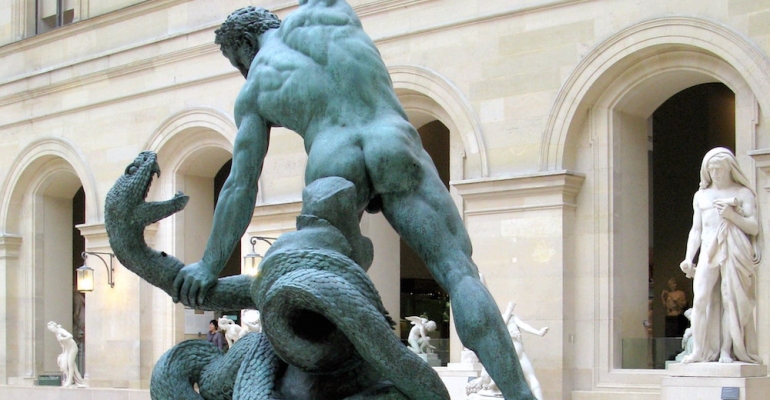
What Hatred Was Made For
This devil-man has been walking about the sinless planet Perelandra dismembering innocent animals with his long fingernails in brutal and random fashion, delighting in death. But his main aim in arriving on the planet is more sinister still.
He has been seeking to corrupt the ‘Eve’ of the planet in the same way that our first mother was tempted by the serpent. And up to this point Ransom has attempted to outwit this devil with counter-arguments and debate, but to no avail. He has, at last, decided to use brute strength and fight the demonised man instead, and he intends to fight to the death.
As the fight unfolds there comes a point at the end of Ransom’s strength when he is all but spent, and then a new energy surges through him giving him a second wind. That energy is hatred. Lewis describes it as a hatred without guilt, without feeling that he was ‘failing fully to distinguish the sinner from the sin’. This hatred courses through him in this guiltless way because he is not attacking a person, he is attacking a corruption. And so, he actually feels a kind of joy in his hatred.
The joy came from finding at last what hatred was made for. As a boy with an axe rejoices on finding a tree, or a boy with a box of coloured chalks rejoices on finding a pile of perfectly white paper, so he rejoiced in the perfect congruity between his emotion and its object.
When we see people in our seemingly enlightened society delighting in (or at least defending) the death of the innocent unborns, we are seeing corruption that can only be described as devil-work.
This is surely what hatred was made for.